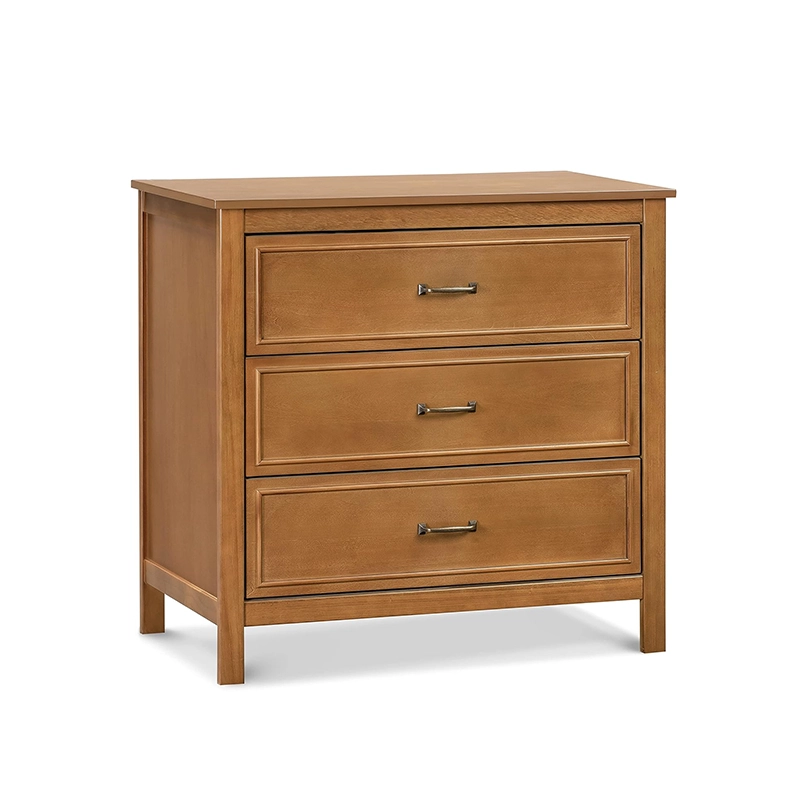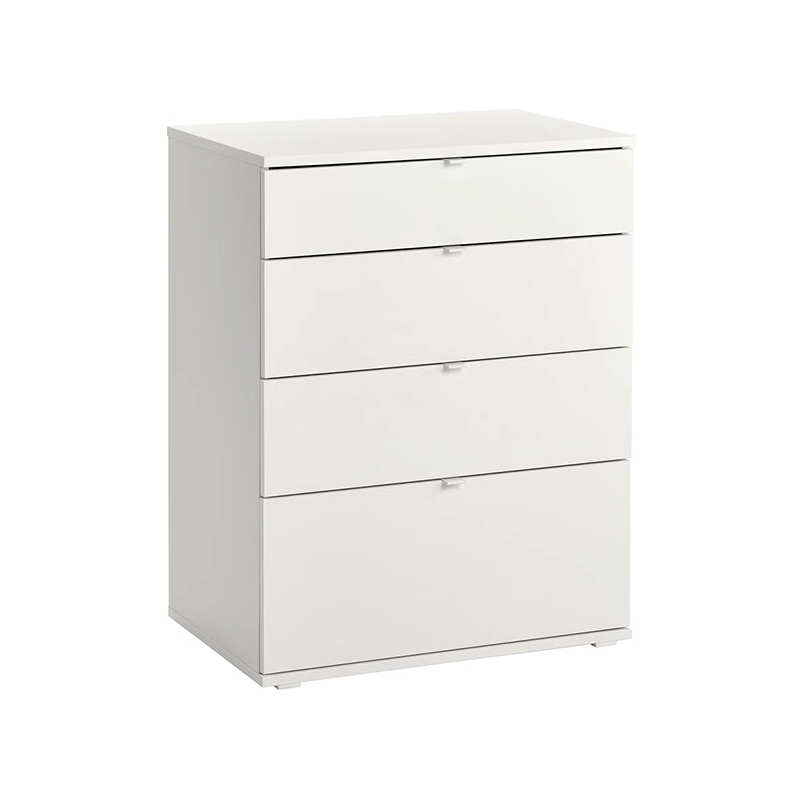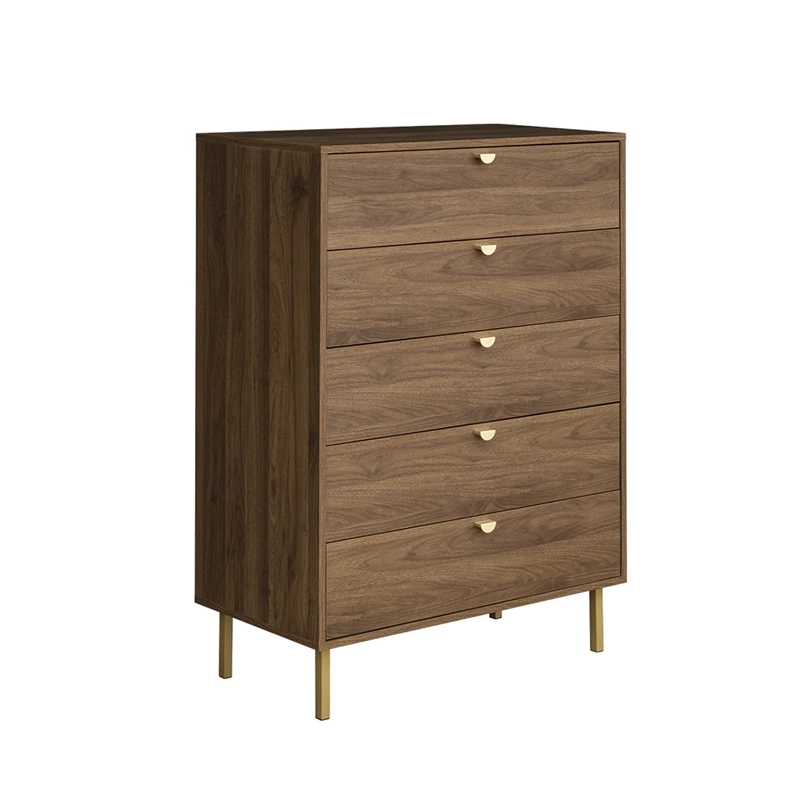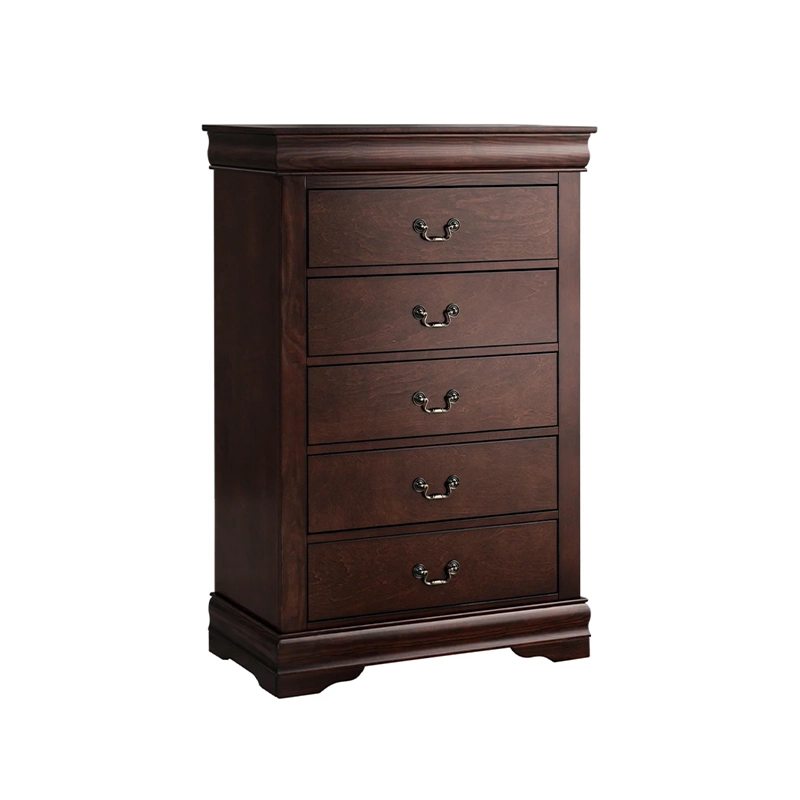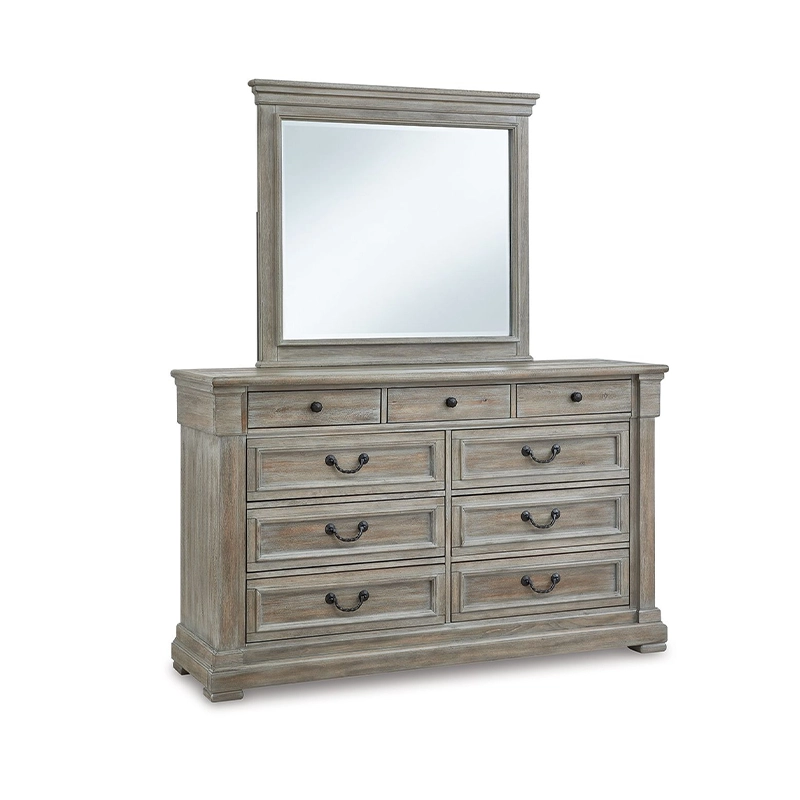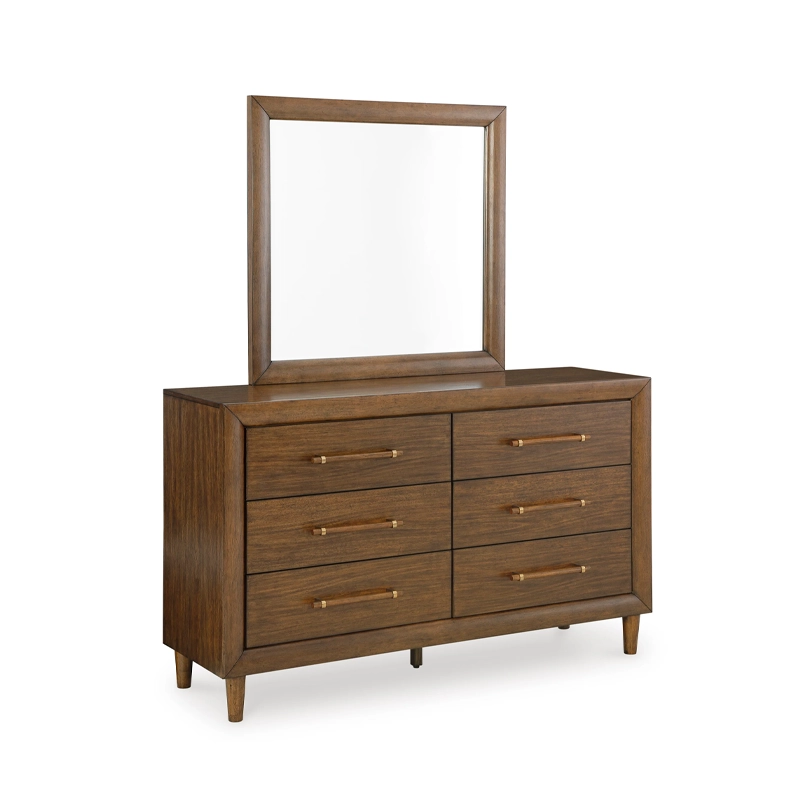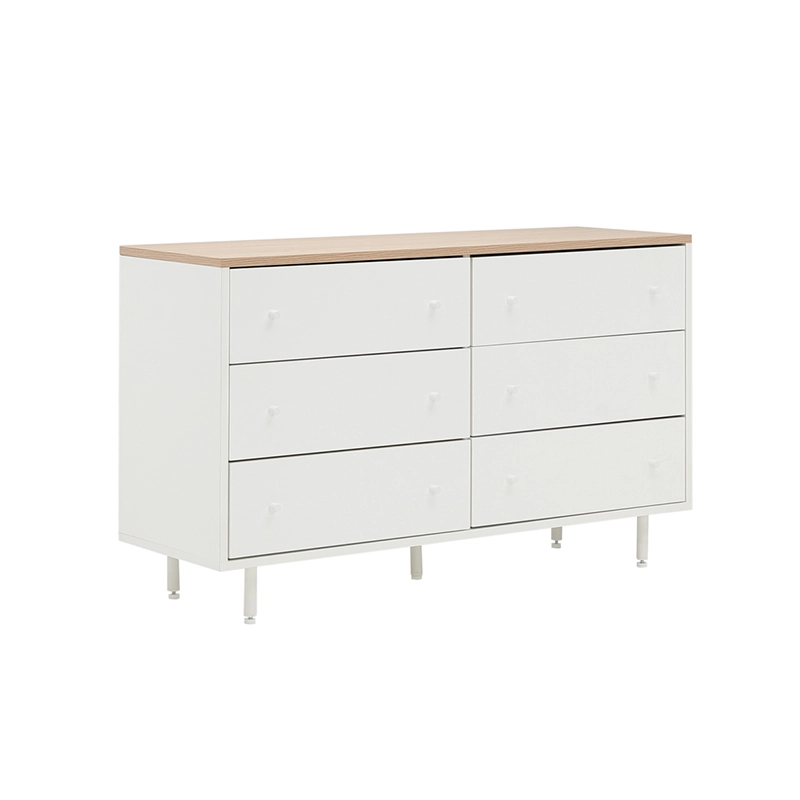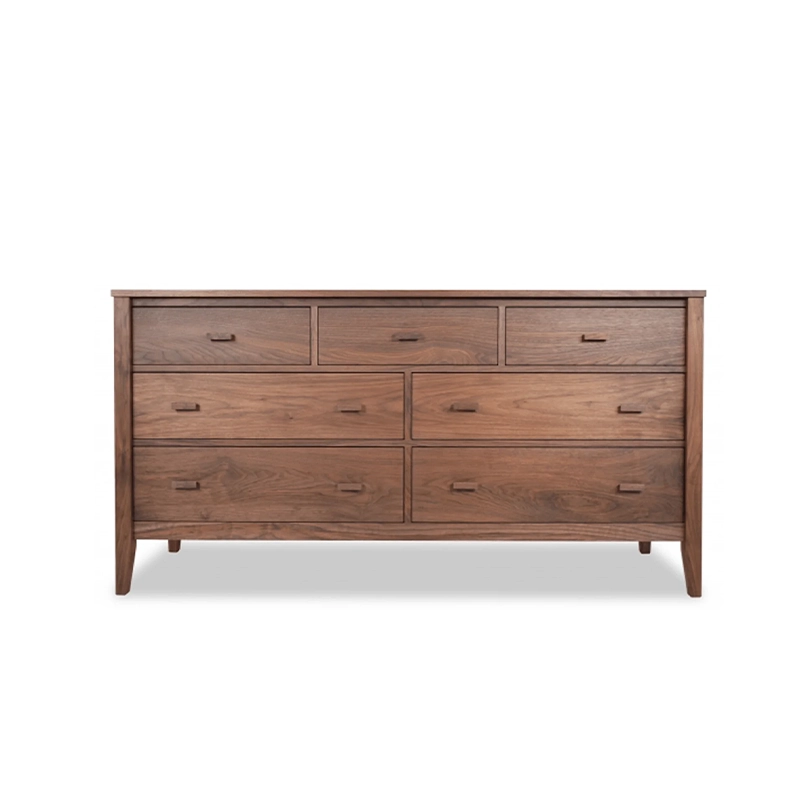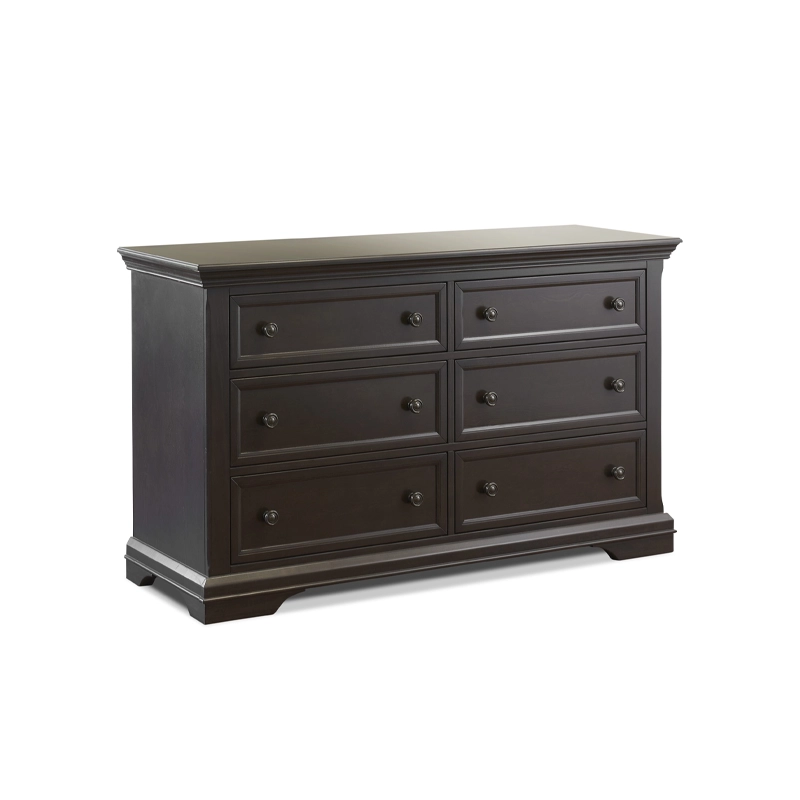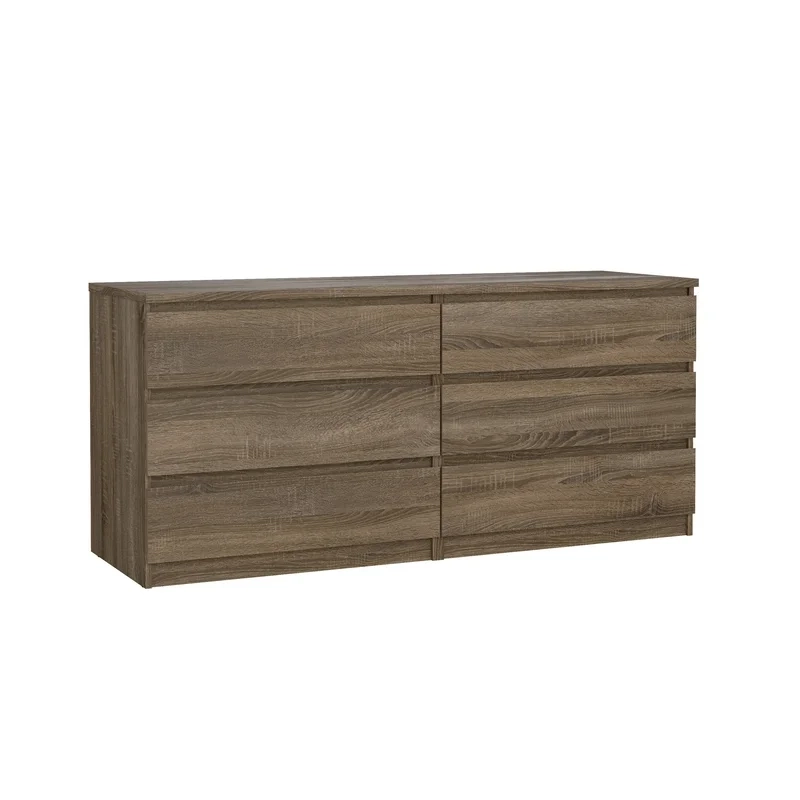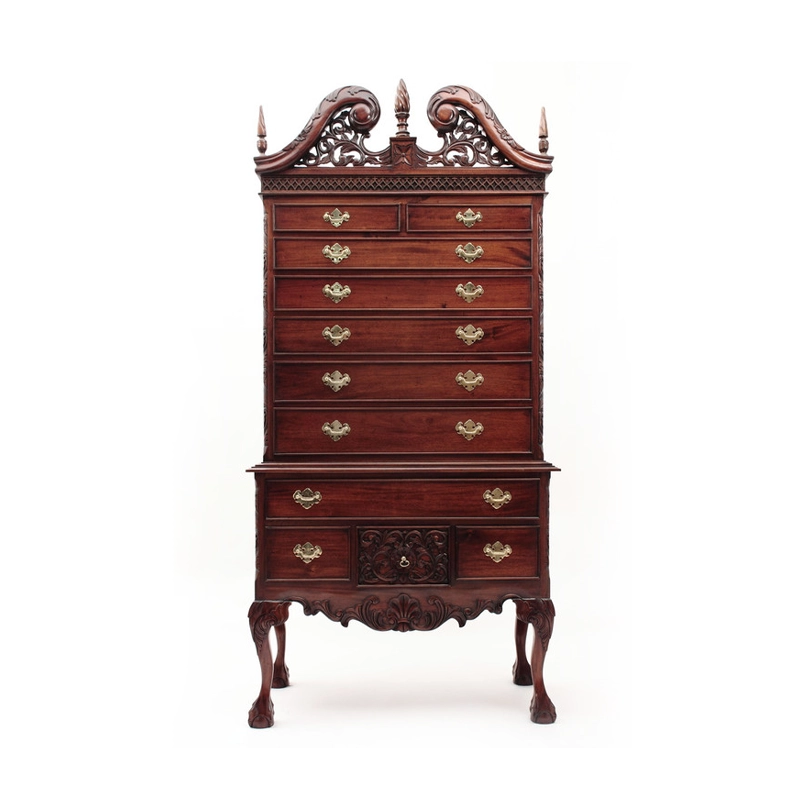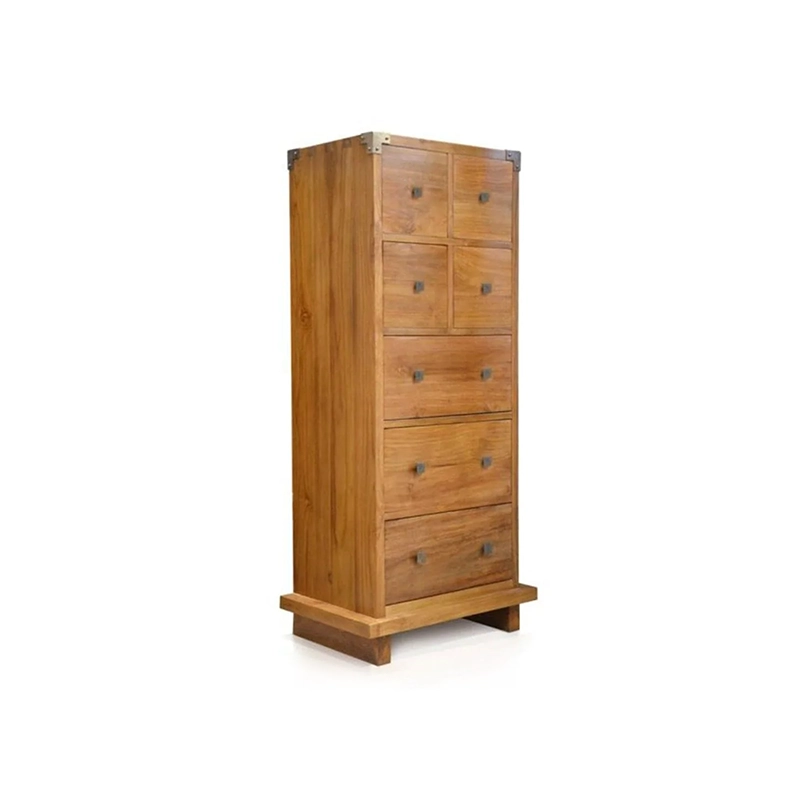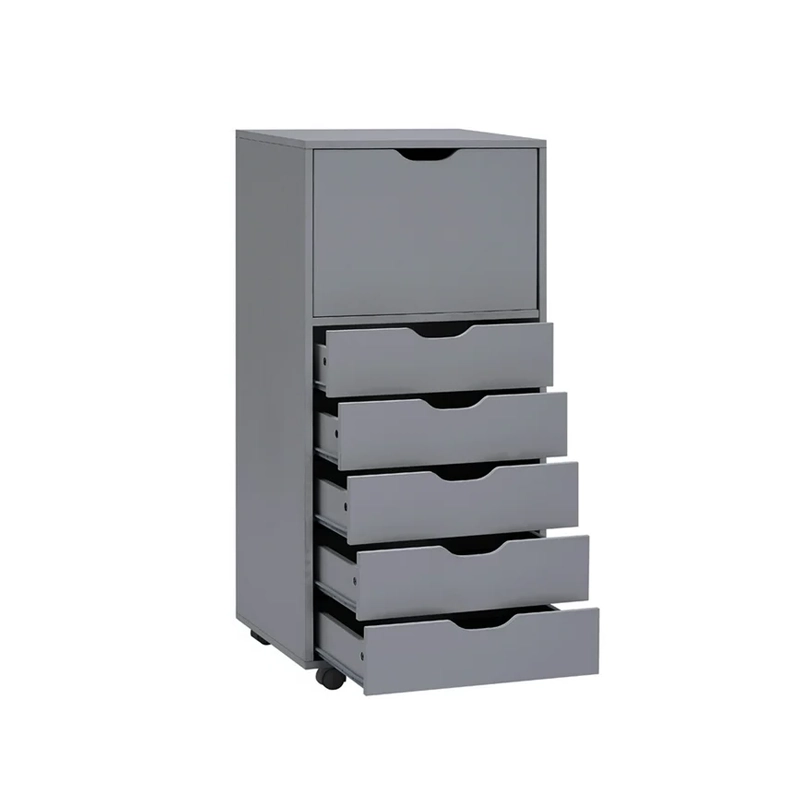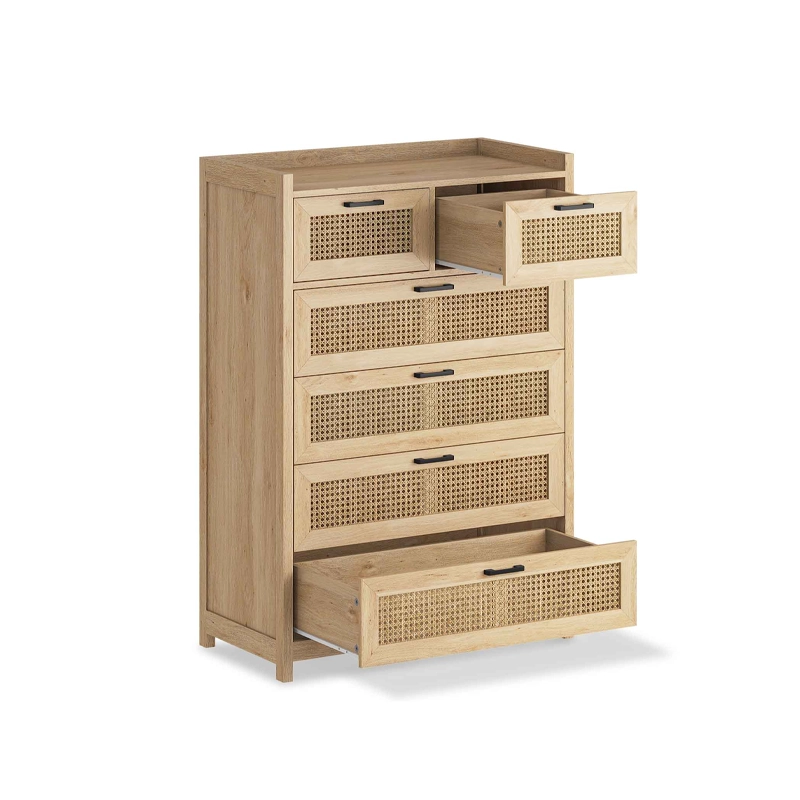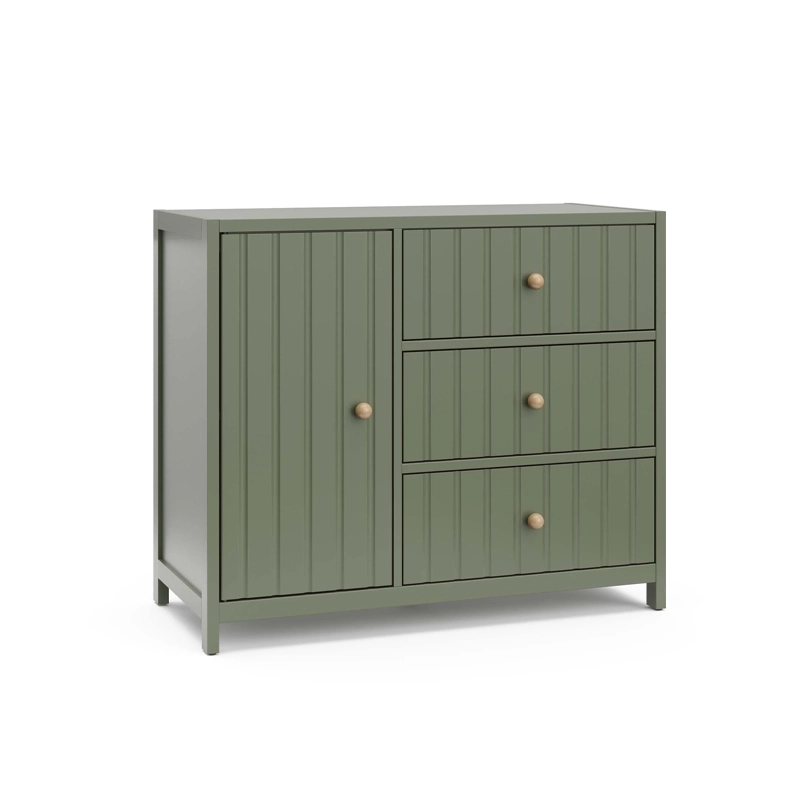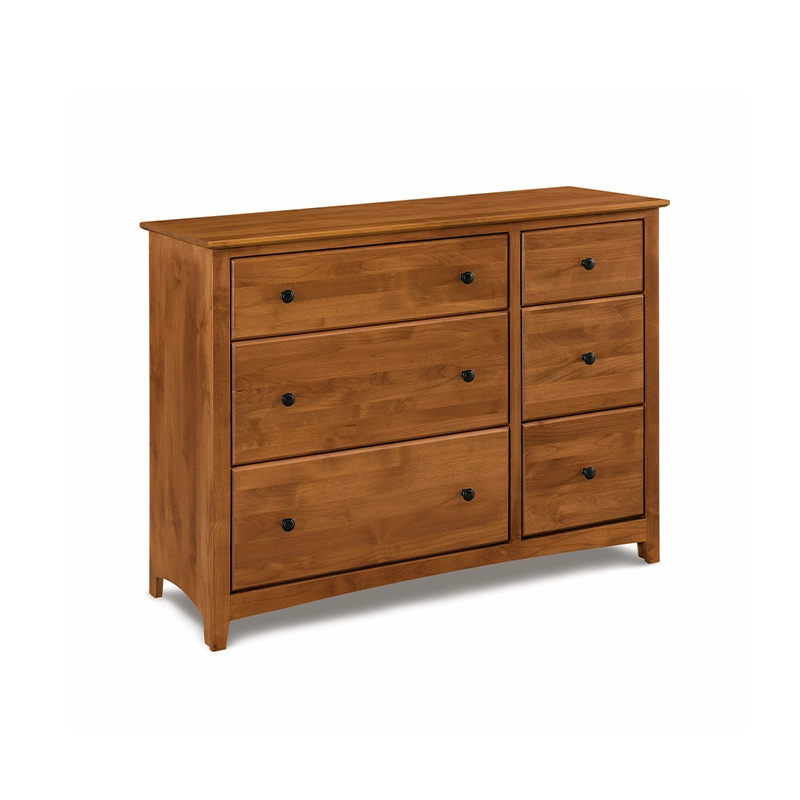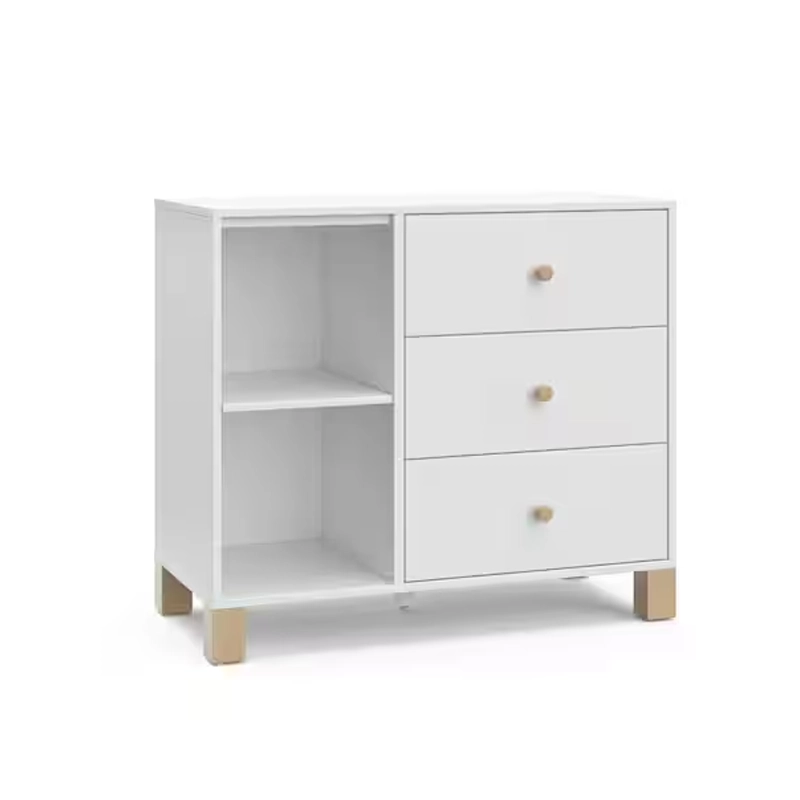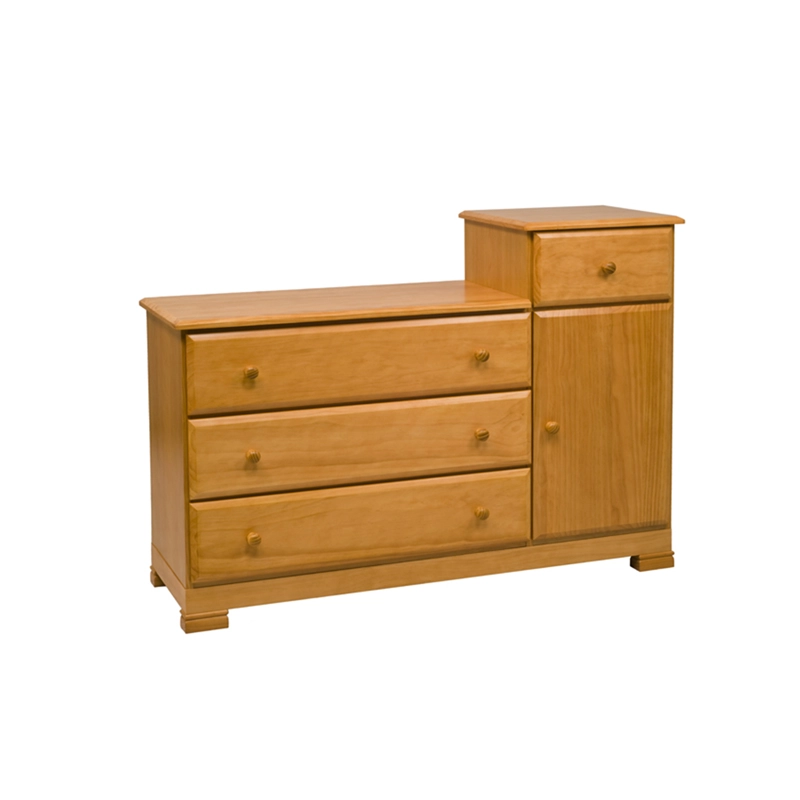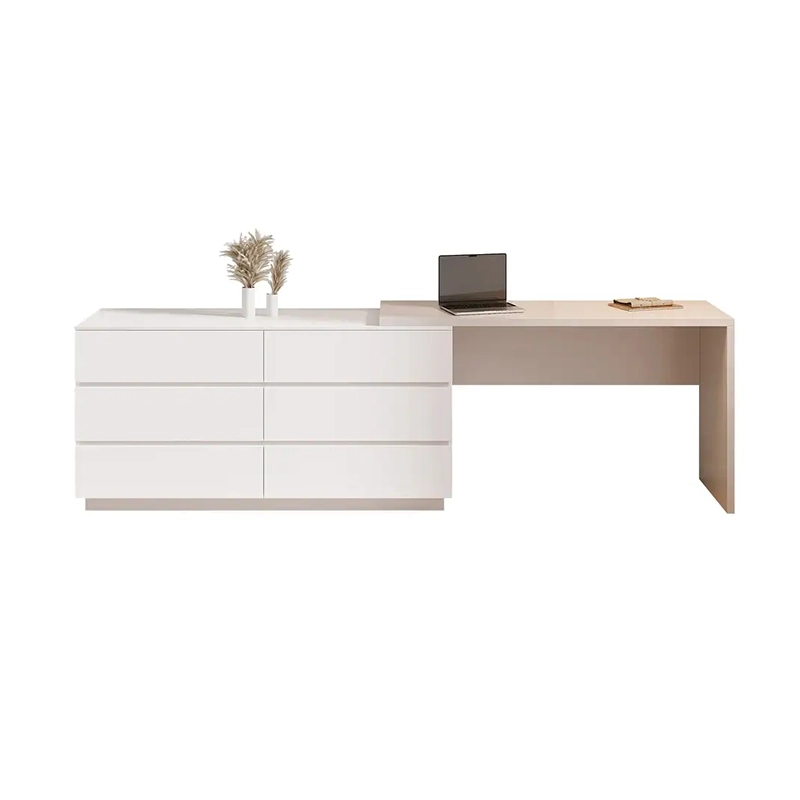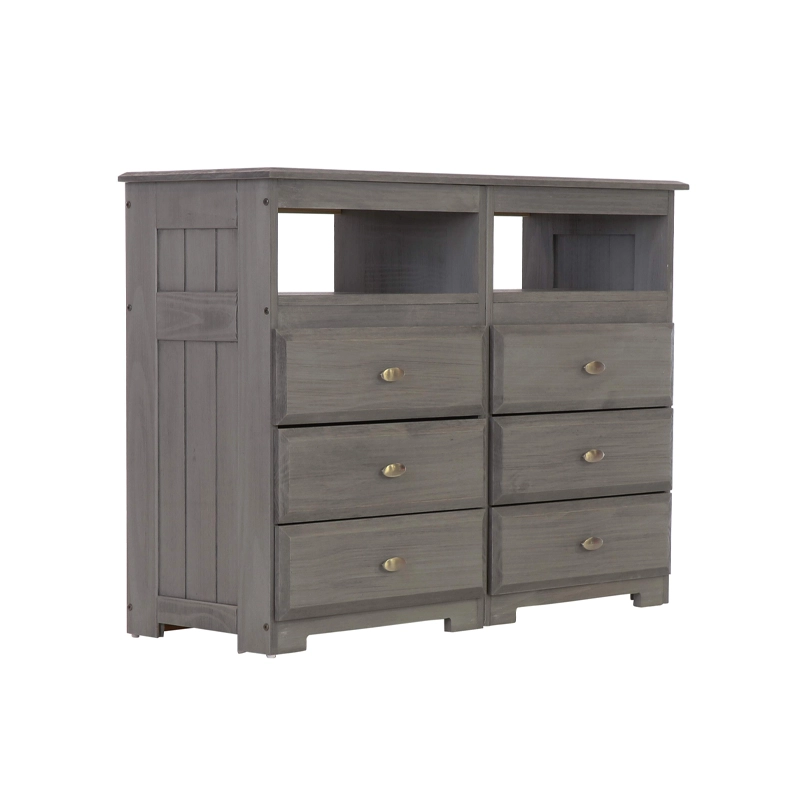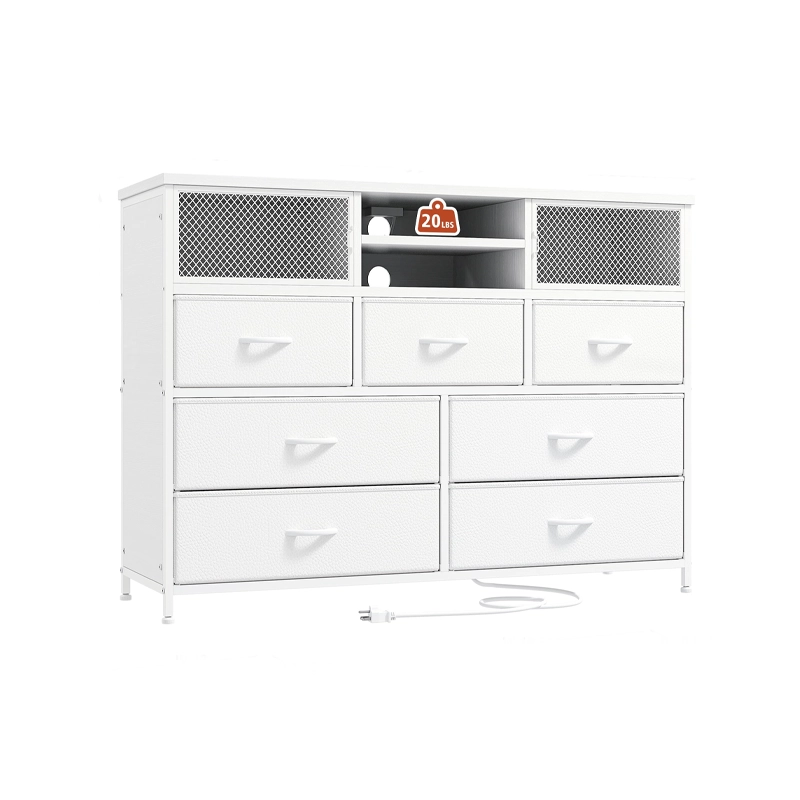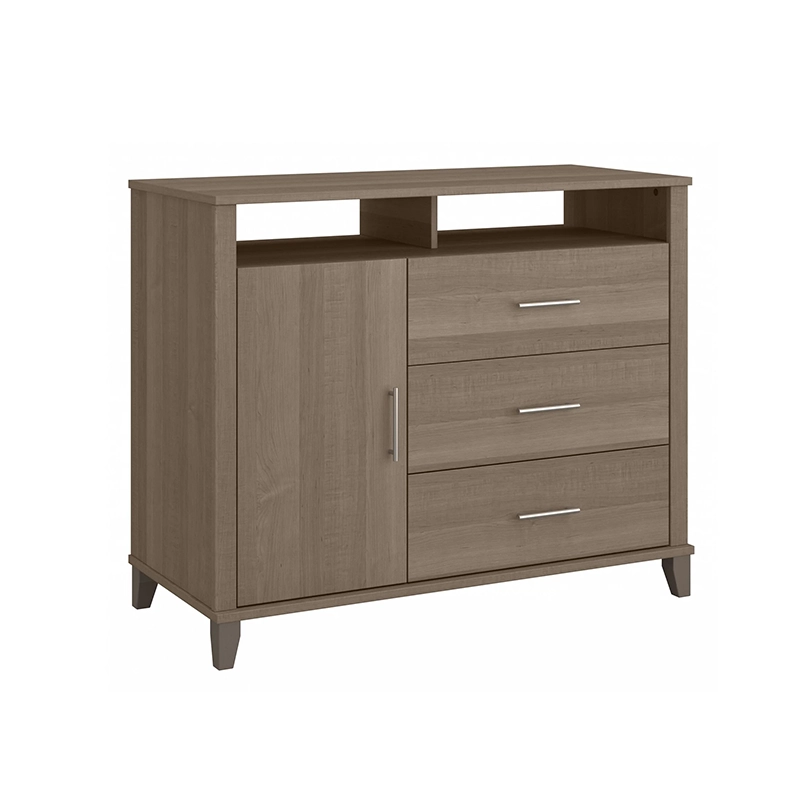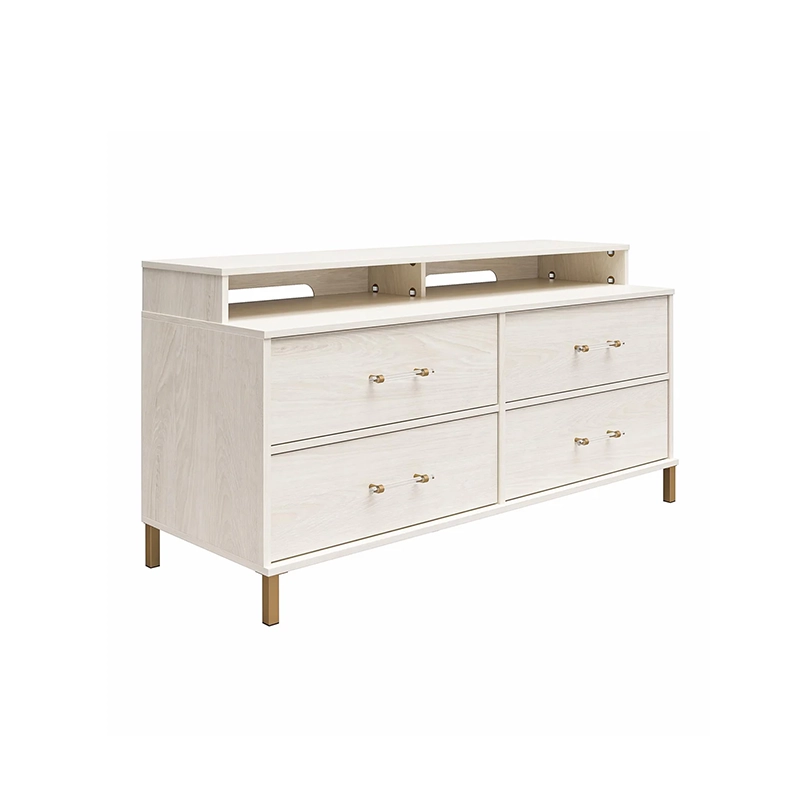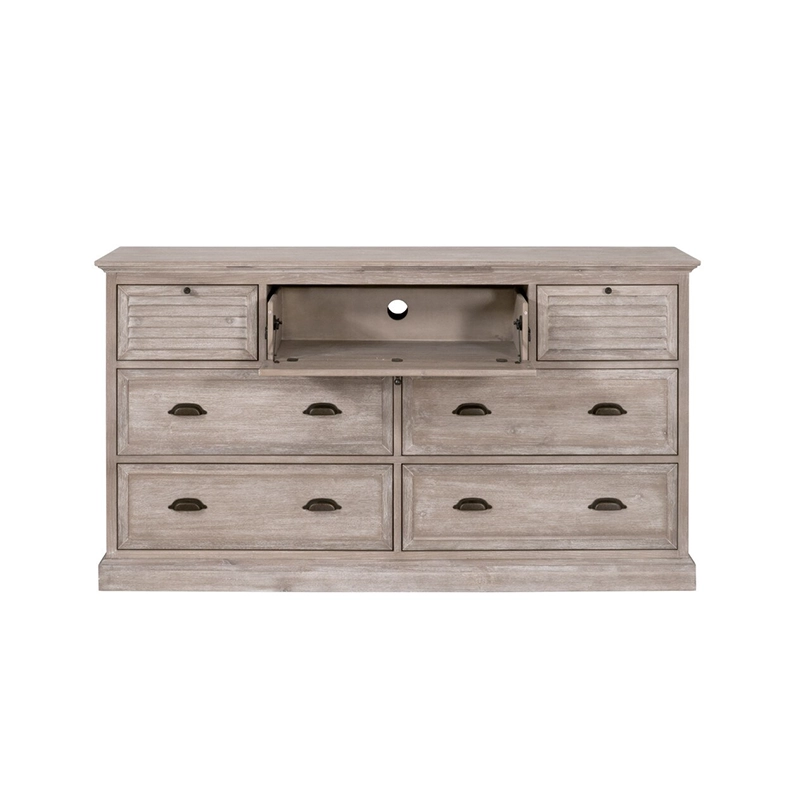Functional and Stylish Dressers for Modern Storage Needs
Our collection of Dressers is designed to provide practical storage solutions while enhancing the look of any bedroom or living space. Available in a range of sizes, drawer configurations, and finishes, our dressers combine durability with contemporary design. Whether you need a compact dresser for small rooms or a large unit with ample drawer space, we offer flexible options to match various interior styles.

Reliable Dresser Manufacturer with 20+ Years of Custom Furniture Expertise
We specialize in manufacturing and supplying high-quality dressers tailored to meet the needs of modern residential and commercial spaces. Our services cover the full process—from room planning and product customization to mass production, quality inspection, and global delivery. With a strong focus on material selection, structural durability, and design flexibility, we provide dresser solutions that are both functional and aesthetically aligned with current market trends. Available in a variety of sizes, finishes, and configurations. Our efficient production system and responsive service make us a trusted partner for furniture retailers, wholesalers, and project contractors worldwide.
Dressers in Every Configuration to Maximize Storage and Style
Our extensive selection of dressers is organized by function to help you quickly identify the best solution for your space. From compact vertical units that fit tight corners to wide, multifunctional pieces that double as media centers, each dresser type is designed for optimal organization, lasting durability, and seamless integration with modern interiors.
Standard Drawer Dressers
These classic dressers feature three to six evenly sized drawers, offering straightforward storage for everyday clothing and linens. Their balanced proportions make them a versatile choice for primary bedrooms, guest rooms, and rental properties.
Double Dressers
Double dressers combine two columns of wide drawers in a single, low-profile frame. Ideal for couples or larger wardrobes, they provide ample horizontal storage and a generous top surface for décor, mirrors, or everyday essentials.
Tall Dressers (Highboy/Tallboy)
Designed to save floor space, tall dressers stack multiple drawers vertically. Their slim footprint is perfect for small bedrooms or walk-in closets where vertical storage is more practical than width.
Combo Dressers
Combo dressers mix drawers with a cabinet door section, offering both enclosed shelving and pull-out storage. They accommodate bulky items such as sweaters or bags while keeping smaller garments neatly organized.
Media Dressers
Fitted with cable management cut-outs and open shelves, media dressers serve as a dual-purpose solution—supporting a television on top while hiding electronics and accessories in the drawers below. They are popular in studio apartments and multifunctional living spaces.
Dressers Material Guide
Choosing the right material is essential to ensure the durability, appearance, and functionality of Dressers. We offer a variety of high-quality materials to suit different design styles, budget ranges, and usage needs. Below are the main materials used in our Dresser manufacturing:
-
Engineered Wood (MDF / Particle Board): Widely used for modern Dressers, engineered wood offers stability, affordability, and smooth surfaces for painted, laminated, or veneered finishes. It’s ideal for mass production and custom styles.
-
Solid Wood: Known for its natural strength and long-lasting performance, solid wood Dressers provide a timeless look and premium quality. Common species include oak, pine, rubberwood, and birch.
-
Wood Veneer: Veneer is a thin layer of real wood applied over MDF or particle board, offering the beauty of natural grain with a cost-efficient core. It combines aesthetics with structural consistency.
-
Laminated Finish: A practical and budget-friendly option, laminate surfaces are resistant to scratches and moisture. They are available in a wide variety of colors and textures, perfect for contemporary Dresser designs.
-
Metal: Often used for handles, legs, or frame reinforcements, metal components add strength and a modern industrial look to the overall design.
-
Upholstered (Fabric or Faux Leather): Upholstered Dressers feature padded drawer fronts or accents wrapped in soft fabric or faux leather. This adds a touch of elegance and is often used in bedroom furniture collections.
Buying Guide for Bedroom Dressers
When it comes to buying a dresser, most homeowners underestimate the level of forethought it requires. Unlike other furniture pieces, dressers must balance form and function—supporting your day-to-day storage needs while complementing the room’s decor.
Consider Room Size and Layout
Before selecting a dresser, carefully evaluate your bedroom’s spatial dynamics. Is it large, open, and airy, or tight and compact? Use painter’s tape to map out potential placement and leave at least 36 inches of space in front for drawers to open comfortably. Avoid situating a dresser too close to closet doors, windows, or walkways.
Choose the Right Size
Dressers come in many shapes and sizes. For a spacious bedroom, you may opt for a wide, low-profile dresser that doubles as a TV stand or vanity. In contrast, a tall, vertical dresser fits better in tighter quarters. Always compare dimensions with your room size and take into account existing furniture to avoid overcrowding.
Understand Storage Needs and Drawer Capacity
Think realistically about what you'll store in your dresser. Do you need to house seasonal clothes, undergarments, electronics, or accessories? Shallow drawers are perfect for socks and lingerie, while deeper ones accommodate sweaters and jeans. If you share the dresser with a partner, prioritize units with symmetrical drawer configurations to avoid clutter disputes.
Match Dresser Style to Bed Frame Style
Harmony in design elevates a room’s aesthetic. While the dresser and bed don’t need to match perfectly, they should at least coordinate in tone, material, or era. A contemporary platform bed may clash with a Victorian-style dresser. On the other hand, a rustic wood dresser can complement a metal bed frame for a warm, industrial look.
Dresser Design Styles
Design plays a significant role in both visual appeal and how the piece integrates into your lifestyle. Here's how to choose dressers based on their style category:
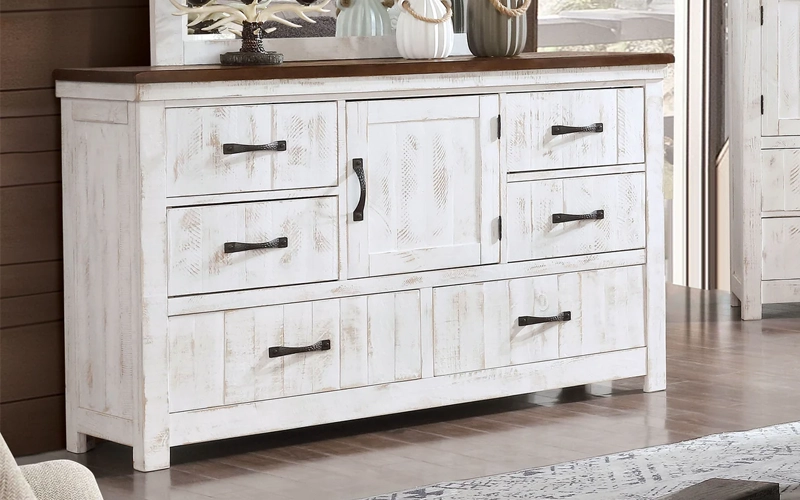
Country Style
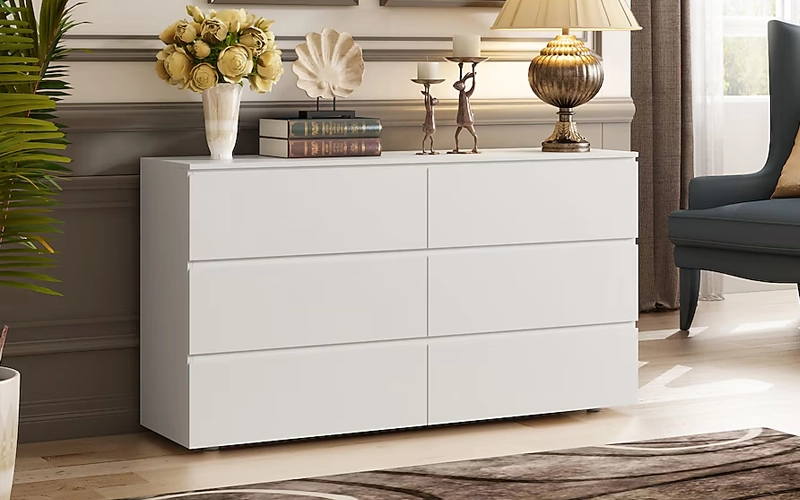
Modern Style
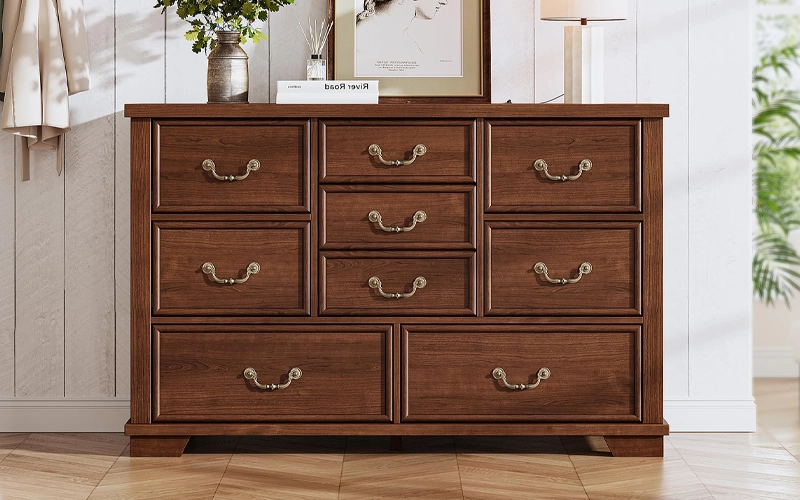
Traditional Style
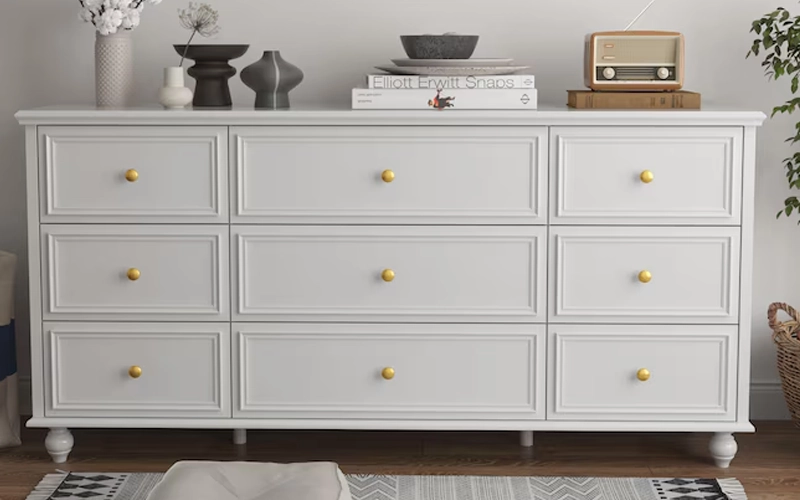
Transitional Style
Dresser Dimensions
Understanding typical dresser measurements helps you avoid mismatched scale and inefficient storage. Here’s a breakdown of common dimensions:
| Dresser Type | Height (inches) | Width (inches) | Depth (inches) | Best For |
|---|---|---|---|---|
| Standard Dresser | 30–36 | 60–72 | 18–20 | Master bedrooms, couples |
| Tall Dresser (Highboy) | 48–60 | 36–48 | 18–20 | Small rooms, vertical storage |
| Combo Dresser | 36–40 | 60–70 | 18–24 | Mix of hanging and folded items |
| Low Dresser (Long) | 28–34 | 60–80 | 16–18 | Under mirrors, shared rooms |
| Nursery Dresser | 34–36 | 40–55 | 18–20 | Baby rooms, changing stations |
Custom Dressers
Custom dressers are an excellent solution for those who want furniture tailored to their specific needs and design vision. While they may be more expensive, the benefits can outweigh the costs.
You can work with Xiha Furniture to customize your furniture brand. Whether you design a custom dresser from scratch or modify an existing dresser, this approach provides unlimited flexibility.
- Choose the exact dimensions, ensuring a perfect fit
- Match the material and finish to your existing decor
- Decide on drawer configuration, hardware, and even interior features
Safety and Stability
Safety is a non-negotiable factor when choosing a dresser, particularly in households with children or pets. Tip-over incidents involving unstable furniture can be dangerous, even fatal, which is why stability features must be a priority during the buying process.
Dressers vs. Wardrobes
Many people confuse dressers and wardrobes, yet they serve distinct functions in a bedroom. Here's a structured comparison to help you decide what works best for your space and storage needs:
| Feature | Dressers | Wardrobes |
|---|---|---|
| Primary Use | Storing folded clothes, undergarments | Hanging clothes, long garments |
| Structure | Horizontal with drawers | Tall vertical cabinets with doors |
| Common Location | Bedroom, guest room | Bedroom, walk-in closet |
| Storage Style | Folded storage, multiple small compartments | Hanging space, shelves, and sometimes drawers |
| Typical Dimensions | 30–70" wide, 30–40" tall | 40–80" tall, 24–36" wide |
| Space Requirement | Requires floor space for drawer clearance | Needs ceiling clearance, vertical space |
| Ideal For | Socks, t-shirts, sleepwear, accessories | Coats, dresses, formal wear |
| Mobility | Easier to move | Often requires disassembly for relocation |
Dresser Drawers
A dresser is only as functional as the drawers it contains. Each drawer type serves a distinct purpose, influencing the overall utility of the furniture.
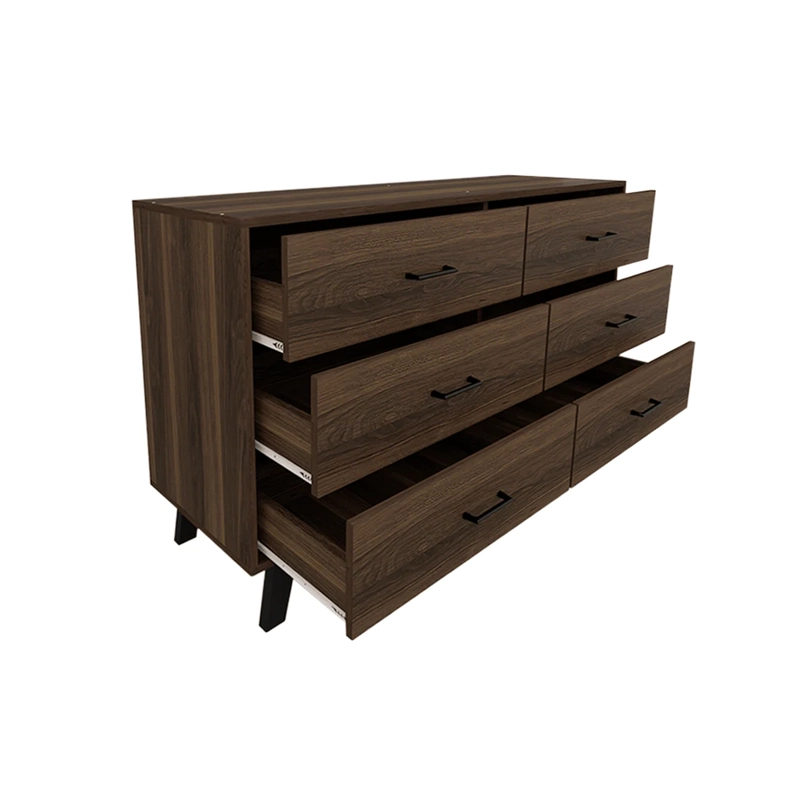
Standard Drawers
These are the most common and versatile. They’re usually wide and deep, perfect for storing jeans, sweaters, or t-shirts. Most dressers will have at least a few standard drawers.
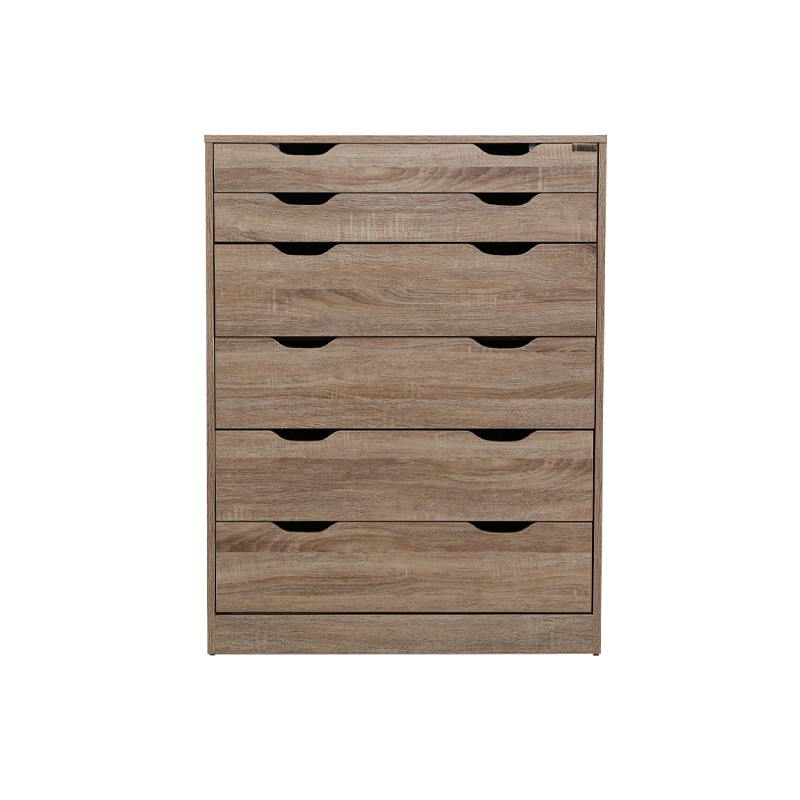
Shallow Drawers
Ideal for accessories, undergarments, or documents, shallow drawers are commonly found at the top of the dresser. Their design prevents items from getting buried and lost.
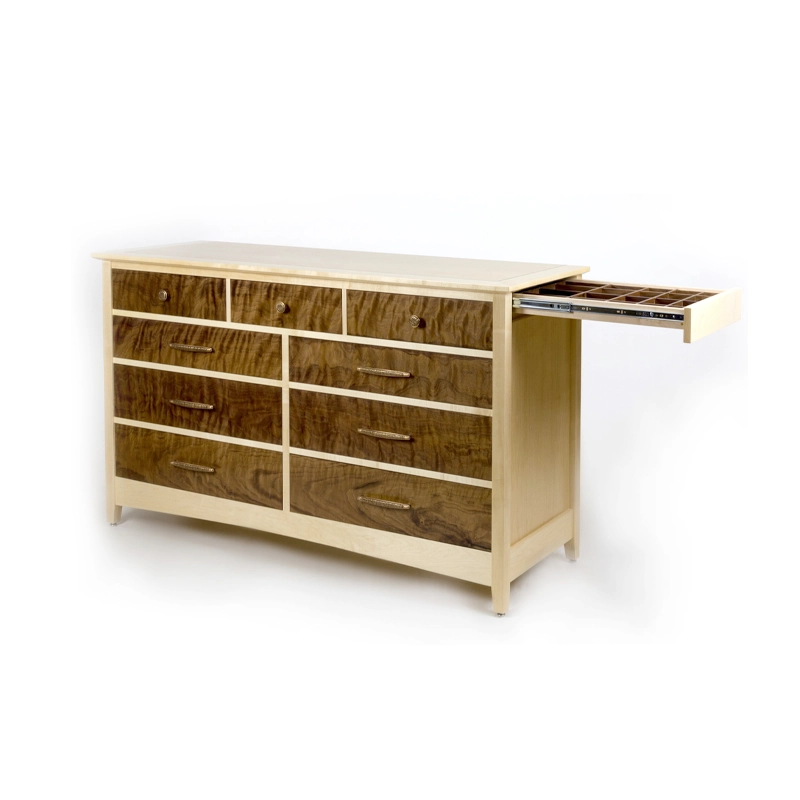
Hidden Drawers
Some high-end or custom dressers include hidden compartments. These drawers are great for securing valuables or keeping clutter out of sight. While stylish, they’re also functional for safety.
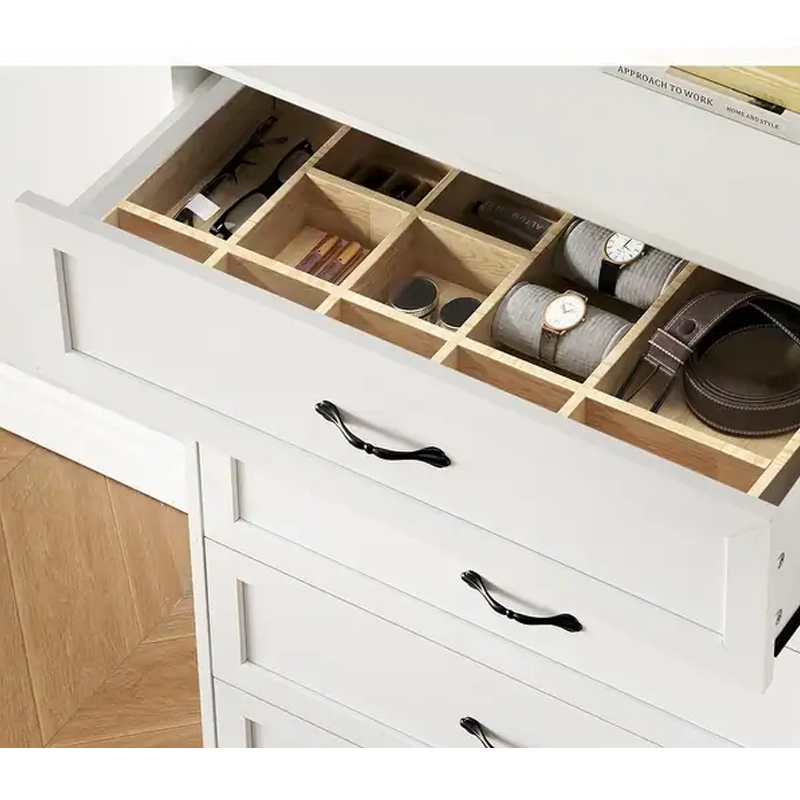
Divided Drawers
Dividers built into drawers help organize small items like jewelry, socks, or belts. These are a great feature for individuals who like everything in its place.
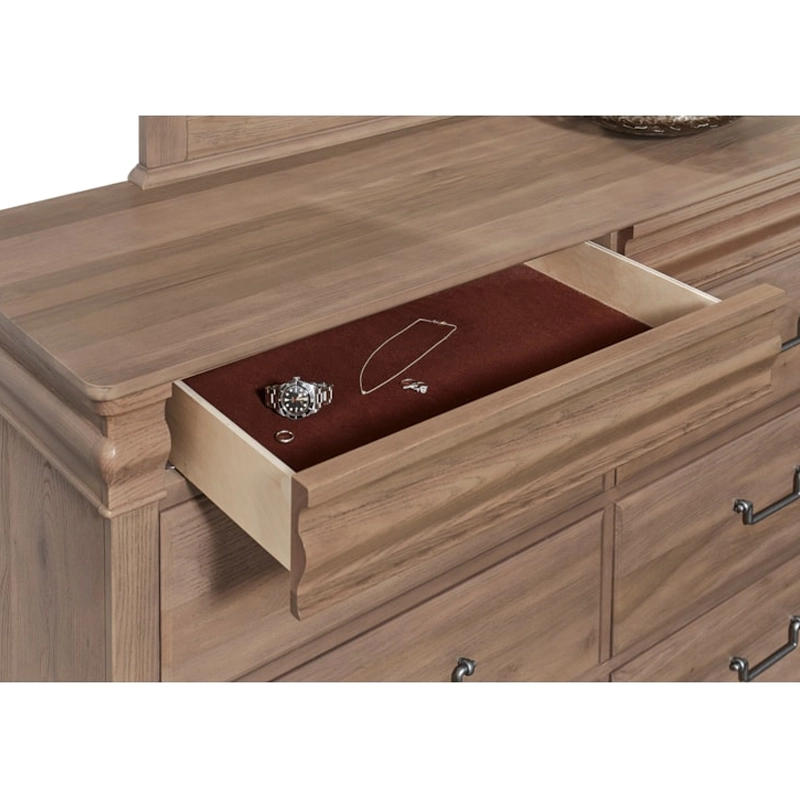
Lined Drawers
Lined drawers often feature felt or velvet interiors, typically used in top drawers. They protect delicate items like watches, necklaces, or sunglasses from scratches.
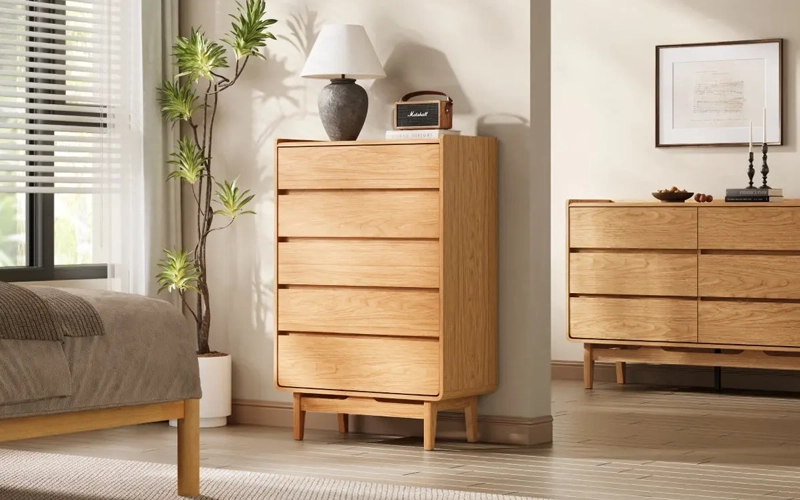
Quality and Cost: Finding the Right Balance
When deciding how much to invest in a dresser, weigh your long-term needs against current budget constraints.
Low-End Dressers ($100–$300):
Best for temporary setups or dorms. Typically made of particleboard or laminate. May lack durability and style versatility.
Mid-Range Dressers ($300–$800):
Offers a good balance of quality and affordability. Usually constructed with mixed materials and includes more reliable hardware and finish.
High-End Dressers ($800+):
These include hardwood construction, intricate design, premium features like felt-lined drawers, and high-quality joints.
Trends in Dresser Design and Functionality
Modern dresser designs have evolved significantly beyond basic storage.
- Integrated Tech: Many dressers now feature built-in charging stations or LED-lit drawers.
- Sustainable Materials: There's rising demand for bamboo dressers and FSC-certified wood, appealing to eco-conscious buyers.
- Bold Finishes: Trending colors include matte black, deep blue, and emerald green—breaking away from traditional brown and white.
- Floating Dressers: Wall-mounted dressers are gaining popularity in minimalist and contemporary interiors.
- Convertible Dressers: These can morph into desks or vanities, catering to dynamic living spaces.
Purchasing Dressers from Manufacturers vs. Distributors
Understanding the source of your dresser can impact cost, customization options, and post-purchase support.
Manufacturers:
Buying directly from manufacturers often allows for customization and better pricing on bulk orders. Lead times can be longer, but you gain better insight into material sourcing and production standards.
Distributors/Retailers:
Retailers offer convenience, faster delivery, and a broader selection from various brands. However, prices are marked up, and you may not have direct access to customization or detailed specifications.
For bespoke furniture or bulk furnishing projects, manufacturers are often the smarter choice. For personal use or immediate need, trusted distributors provide a hassle-free experience.
Handy Tips for Caring for a Modern Dresser
Caring for a modern dresser ensures it retains its beauty and functionality over the years. Whether it's made of natural wood, MDF, or metal, proper maintenance can dramatically extend its life.
Keep Surfaces Clean
Regularly dust your dresser using a microfiber cloth to prevent buildup. For tougher grime, use a slightly damp cloth and a mild soap solution. Always dry the surface completely afterward.
Protect the Finish
Avoid placing hot items or liquids directly on the dresser’s surface. Use coasters, trays, or cloths under vases, candles, or cups. This prevents water rings, stains, and heat damage.
Avoid Sunlight and Moisture
Sunlight can fade or crack wood finishes, while high humidity can cause warping. Position your dresser away from direct sunlight and heat sources. If you live in a humid environment, consider using a dehumidifier.
Check and Tighten Hardware
Over time, handles and knobs may loosen. Periodically inspect and tighten them to avoid damage. For dressers with drawer slides, ensure they operate smoothly and apply silicone spray if necessary.
Use Drawer Liners
Lining your drawers can protect the interior wood from spills, scratches, and friction. Liners are especially useful for dressers storing jewelry, cosmetics, or sharp accessories.
FAQs
1. How many drawers should a good dresser have?
It depends on your needs. A typical dresser has 6–8 drawers. For minimalists, even 4 may suffice, while families might prefer dressers with over 10 compartments.
2. Should dressers match nightstands?
Not necessarily. Matching creates a cohesive look, but mixing styles can add personality. Just keep materials and colors complementary.
3. How long should a dresser last?
With proper care, a solid wood dresser can last 15–25 years or more. Cheaper materials may wear out in 5–10 years.
4. What’s the best finish for durability?
Polyurethane-coated wood or lacquer finishes resist moisture and scratches well, making them ideal for long-term use.
5. Should my dresser match my bed frame?
It’s not required but matching or coordinating finishes creates a cohesive look.
6. Can I use a dresser as a TV stand?
Yes, if it’s the right height and width, many dressers double as stylish TV consoles.
7. How to organize your dresser?
Sort items by type—use top drawers for small items like socks and accessories, and lower drawers for bulkier clothes. Use dividers to keep things neat and avoid overloading.
8. Is there a standard weight capacity for dresser drawers?
Most dresser drawers hold 15–25 pounds. It varies by material and construction. Check specs and avoid overloading to prevent damage.
Get a Free Quate
Please provide your details below and we will contact you within 24 hours!

